Let’s see how we can use a classic piece of poetry to enhance a lesson on parts of speech or context clues. This provides exposure to a great work and also increases the complexity of a typical task.
Differentiation TechniqueEmbed A Classic
Read The OverviewEmbed A Classic
An easy way to spice up any lesson is to remove the god-awful samples and replace them with selections from great works of art, music, film, tv shows, and historic moments. You get the added bonus of exposing students to new ideas.
Specific Examples of “Embed A Classic”
Poe’s The Raven
The Raven is a great starting point for students’ to learn about Poe. Not only does the poem clearly demonstrate “tone,” but it is a figurative language tour de force. Plus, there are some amazing readings available online!
Classic Halloween Stories
With Halloween approaching, it’s a great time to expose students to some spooky classics. Lucky for us, many of these stories are in the public domain and freely available in many formats.
Classic Paintings for your Classroom
Exposing students to great pieces of art is an easy way to enhance a lesson, provide a visual way to practice a skill, and educate our students beyond the prescribed curriculum. Here’s a list of works that you can easily grab and use in your class.
Using A Classic: Charlie Chaplin
Integrating a classic is a great way to pump up an otherwise simple lesson. It seems like a black and white movie is the last thing a kid would want to see, but classics are classics for a reason!
A Holiday-Themed Shakespearean Sonnet
Now we’re going to create our own holiday-themed Shakespearean Sonnet. To add complexity (and help our students get started!), we’ll write from the point of view of a specific holiday decoration, tradition, or character.
Remix Poetry: Christmas To Thanksgiving
Let’s remix a famous Christmas poem, give it a Thanksgiving theme, and teach our students advanced poetry concepts at the same time
Differentiating “Compare & Contrast” with Classics
Here’s how I differentiated the reading skill of “Compare & Contrast” for my students, who have been successfully comparing and contrasting since kindergarten. Students investigated artists, developed a haiku, and learned how to shade with pencils.
Compare and Contrast Movie Trailers Over Time
Here’s a movie made in 1977, and its trailer is barely watchable! In fact, it almost made me not want to watch Star Wars, a movie I know almost by heart. Perhaps we’re onto something interesting for our students to analyze.
Taking “Noting Details” To A Higher Level
By 6th grade, our reading program’s comprehension skills have become a bit basic for most of my gifted students. I’ve been working on increasing the depth and complexity of these skills. In this case, “Noting Details” has become “Explicit Vs. Implicit Details.”
